Rebellion as Wake Work: A Mad Black Gallery on Theft and Marronage
Electric Marronage Rule #2: How do you steal?
This photographic collection posits Black folk’s stealing as a performance of wake work. The Black rebels in these photos challenge the notion of private property and fiercely refuse the legacy of Black bodies as chattel. Beyond the actual “looting” of property, they steal their right to mourn for the dead in their own ways; they steal back their voices in a world that aims to silence them; they steal back their bodies in a country that devalues them as property—which is the core of what it means to maroon. As looted peoples on looted land, to demand that Black Lives Matter! is to steal dignity daily. Steal how you steal. Keep asserting the value of Black folk—though we all know how burdensome the fight is. I hope, in our collective weariness, this gallery may be digital succor.
In a time where many of us hold an abundance of grief and rage, words may prove too fragile to fully capture the emotions overcome us. In “Cranes in the Sky,” Solange sings to us about the inability to run, sex, or drink away our grief. So, I invite us instead to just feel it, to sit with it, and to enter the realm of the haptic.
Three main concepts guide the framing of this gallery on Black rebels:
1. Tina M. Campt’s concept of the haptic / “felt-sound”: “sound need not be heard to be perceived. Sound can be listened to, and, in equally powerful ways, sound can be felt; it both touches and moves people. In this way, sound must therefore be theorized and understood as a profoundly haptic form of sensory contact” (Listening to Images, pp. 6)
2. Therí Alyce Pickens’ concept of madness as a space of possibility: In Black Madness::Mad Blackness, madness carries a wide lexical range that includes “(in)sanity, cognitive disability, anger, and…excess” (4) and therefore stands “as a viable alternative to engagements with white racism…” (14).
3. Christina Sharpe’s concept of “wake work” and “being in the wake as a form of consciousness” (In the Wake: On Blackness and Being, pp. 14): “Wakes are processes; through them we think about the dead and about our relations to them; they are rituals through which to enact grief and memory” (21). Therefore, wake work is “hard emotional, physical, and intellectual work that demands vigilant attendance to the needs of the dying, to ease their way, and also to the needs of the living” (10).
With these concepts in mind, let us think about the backlash towards police brutality as Rebellions against subjection—rather than as aimless violence, which is what the term “riot” implies. As you click through this gallery of mad Black Rebellion, take with you the concept of felt-sound. Beyond seeing these images, hear them; feel them. Explore the possibilities of madness. Consider Rebellion as wake work for these photos signal a grieving of the dead near and far, past and future. Welcome.


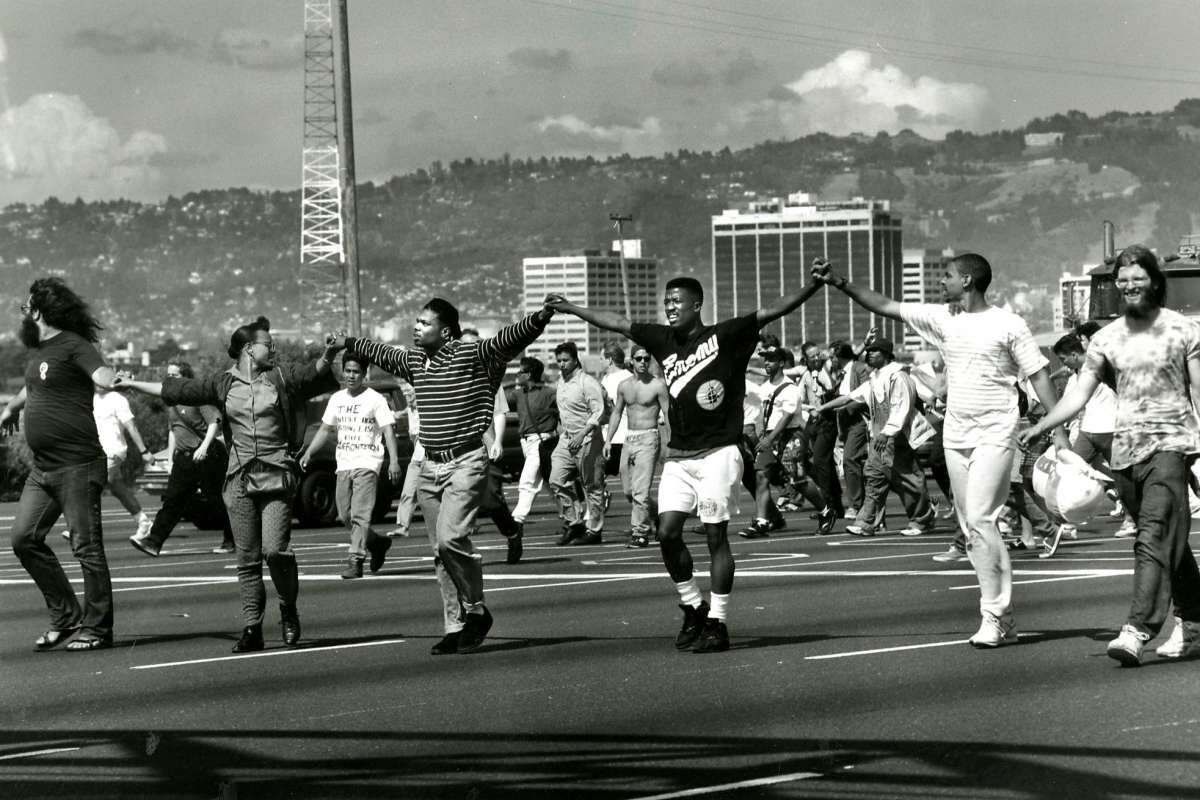

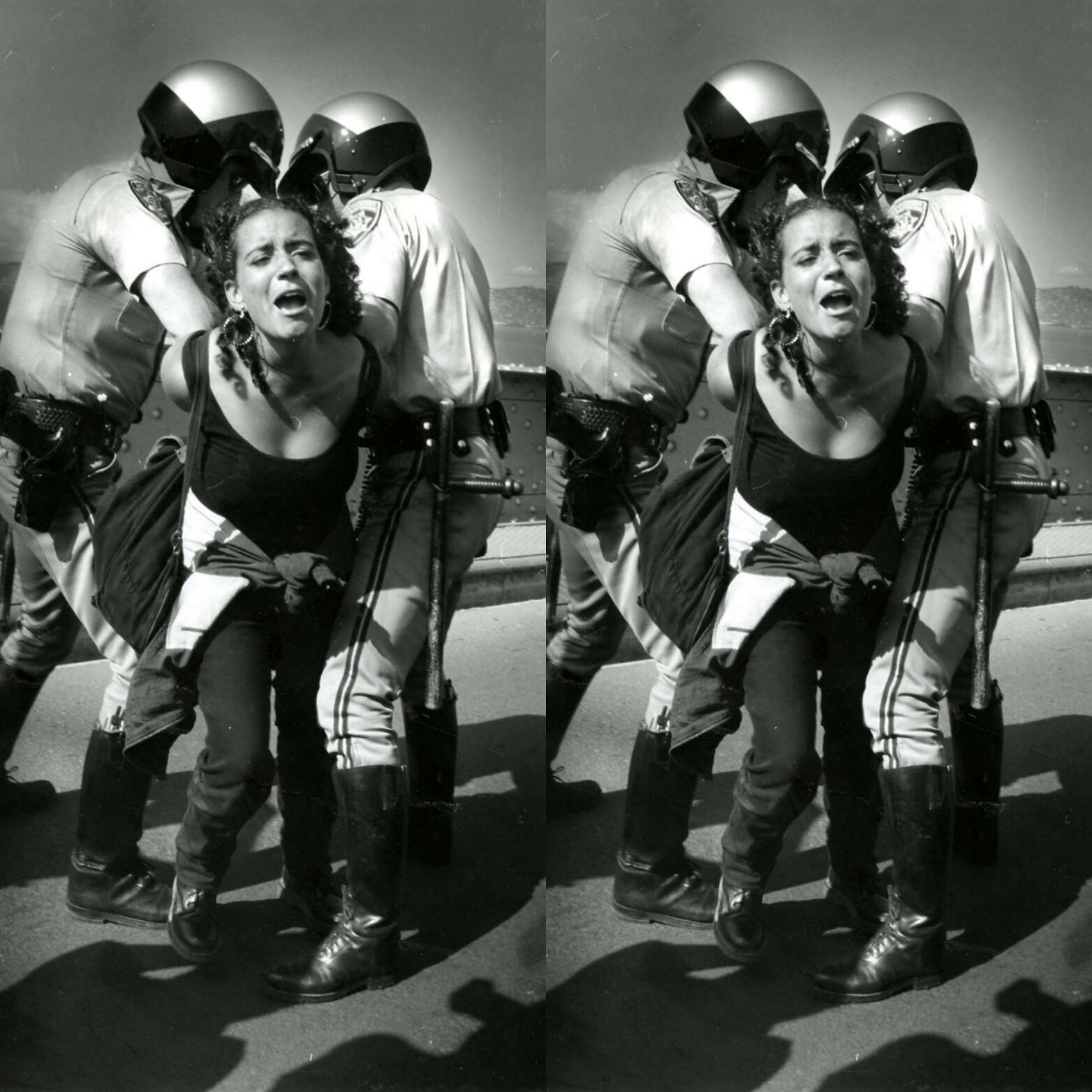


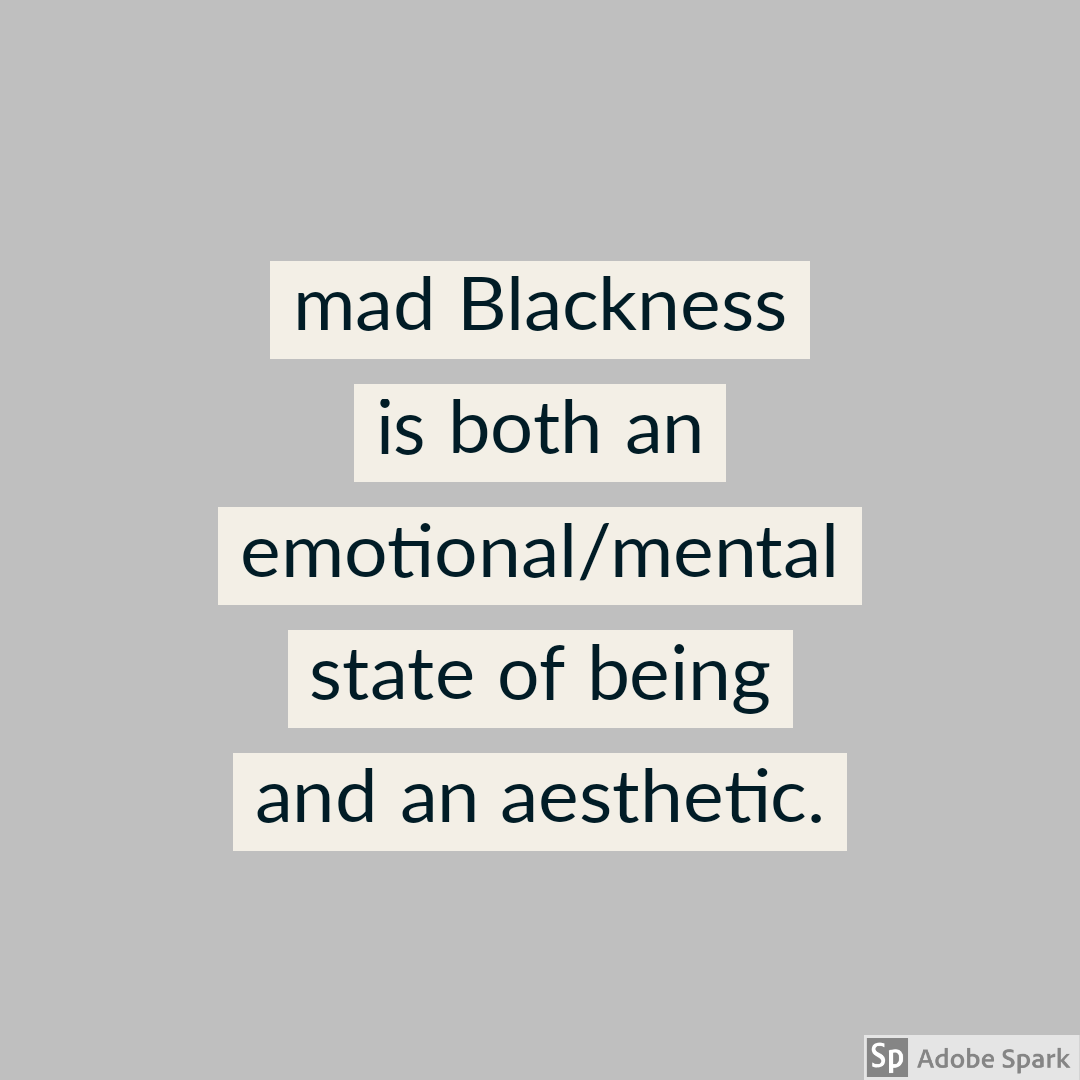
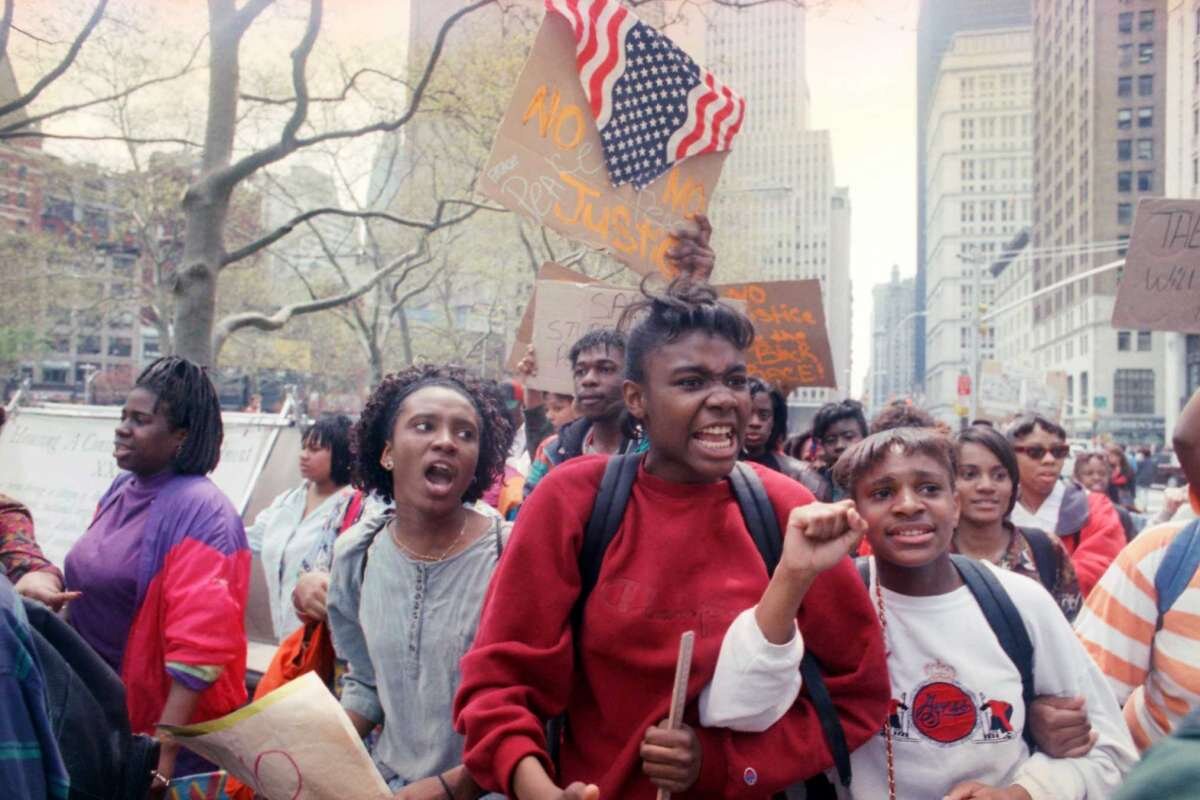
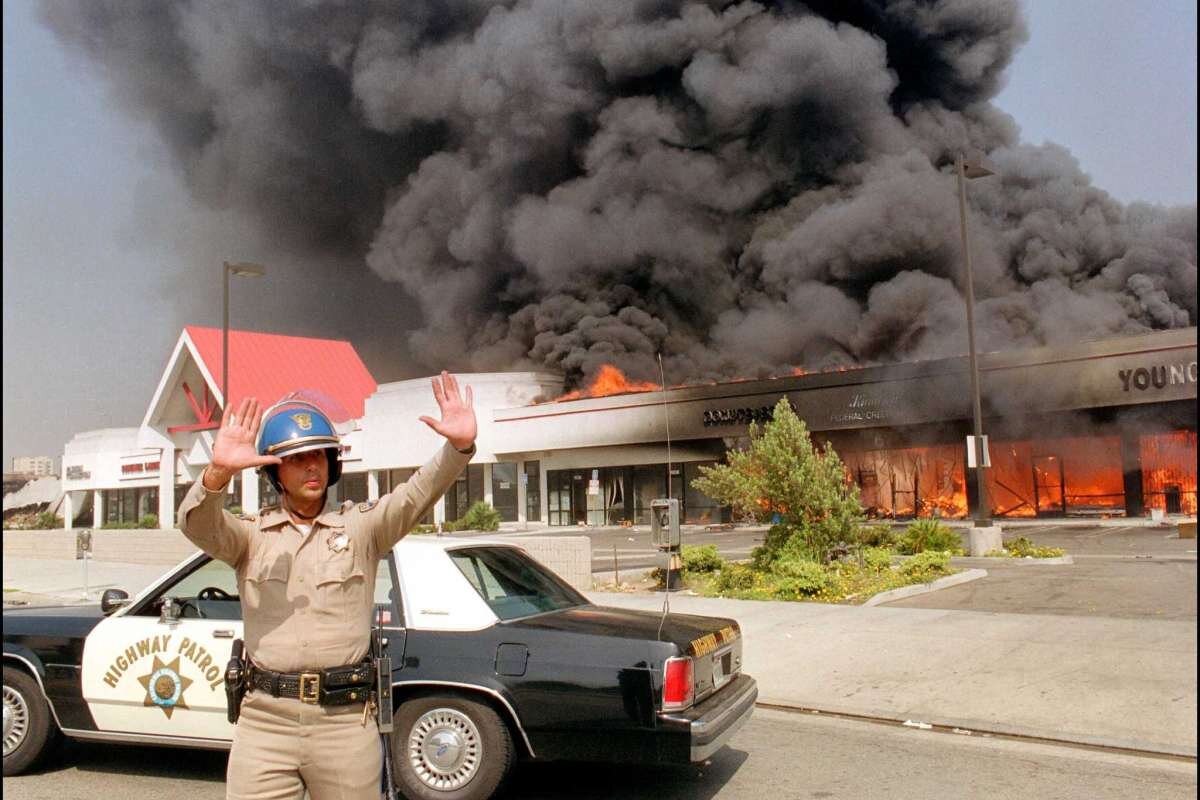
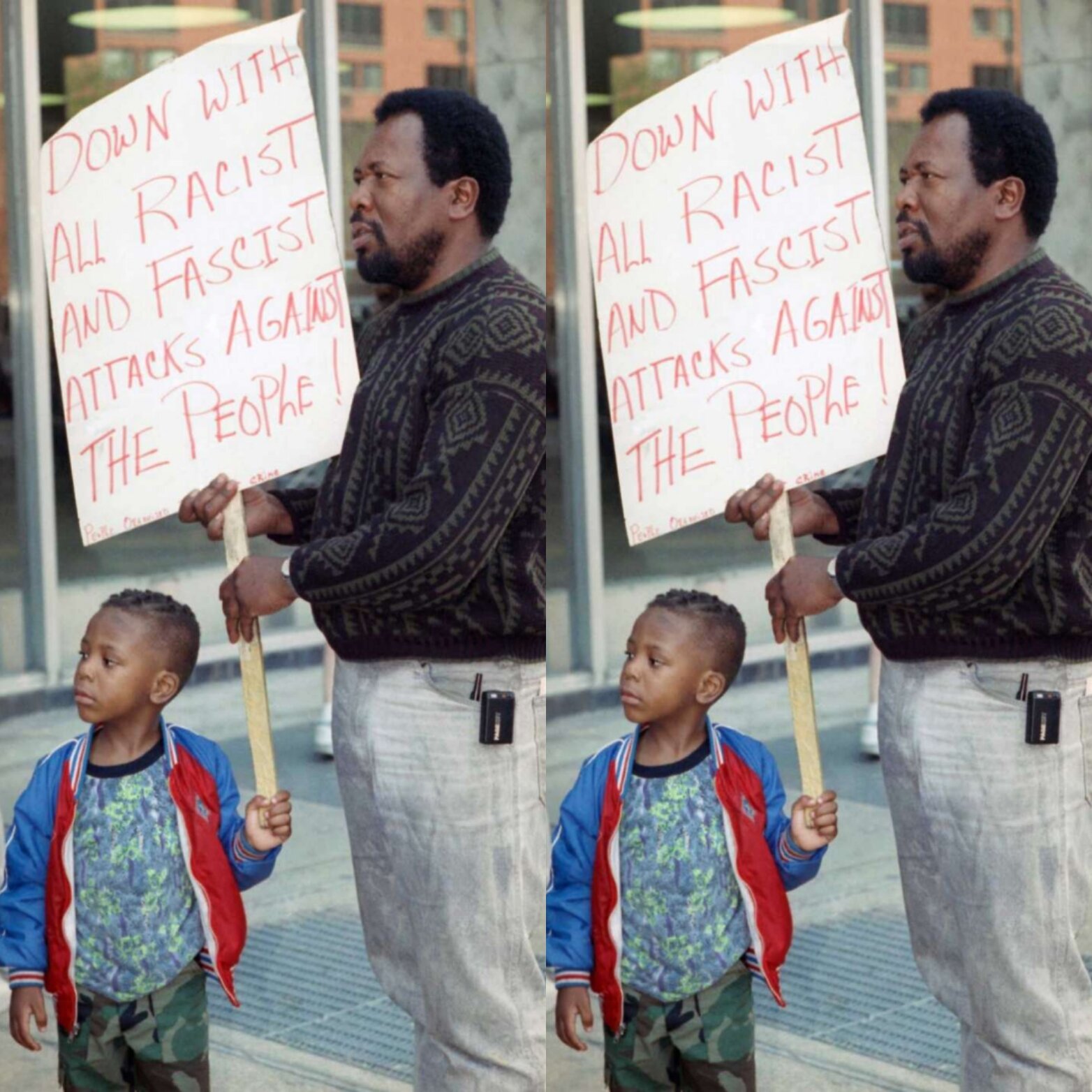
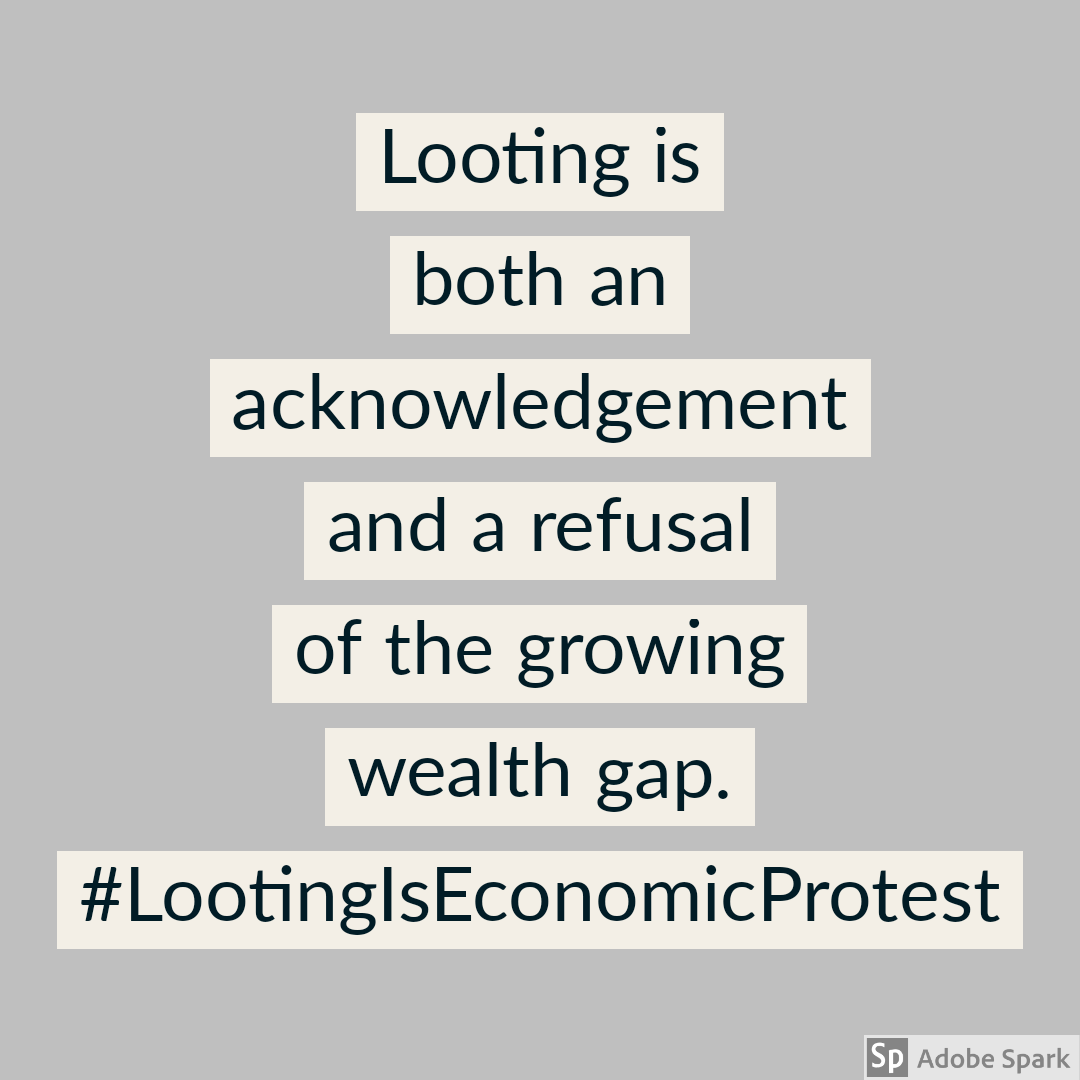



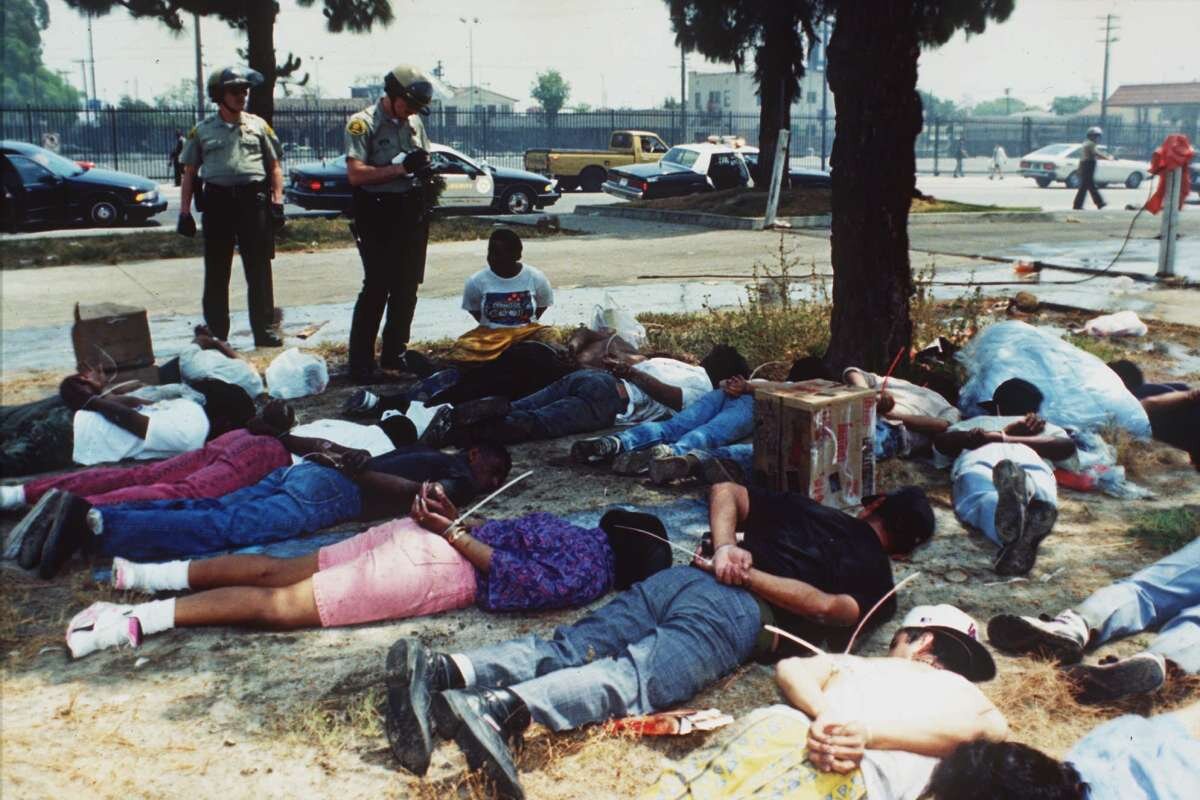
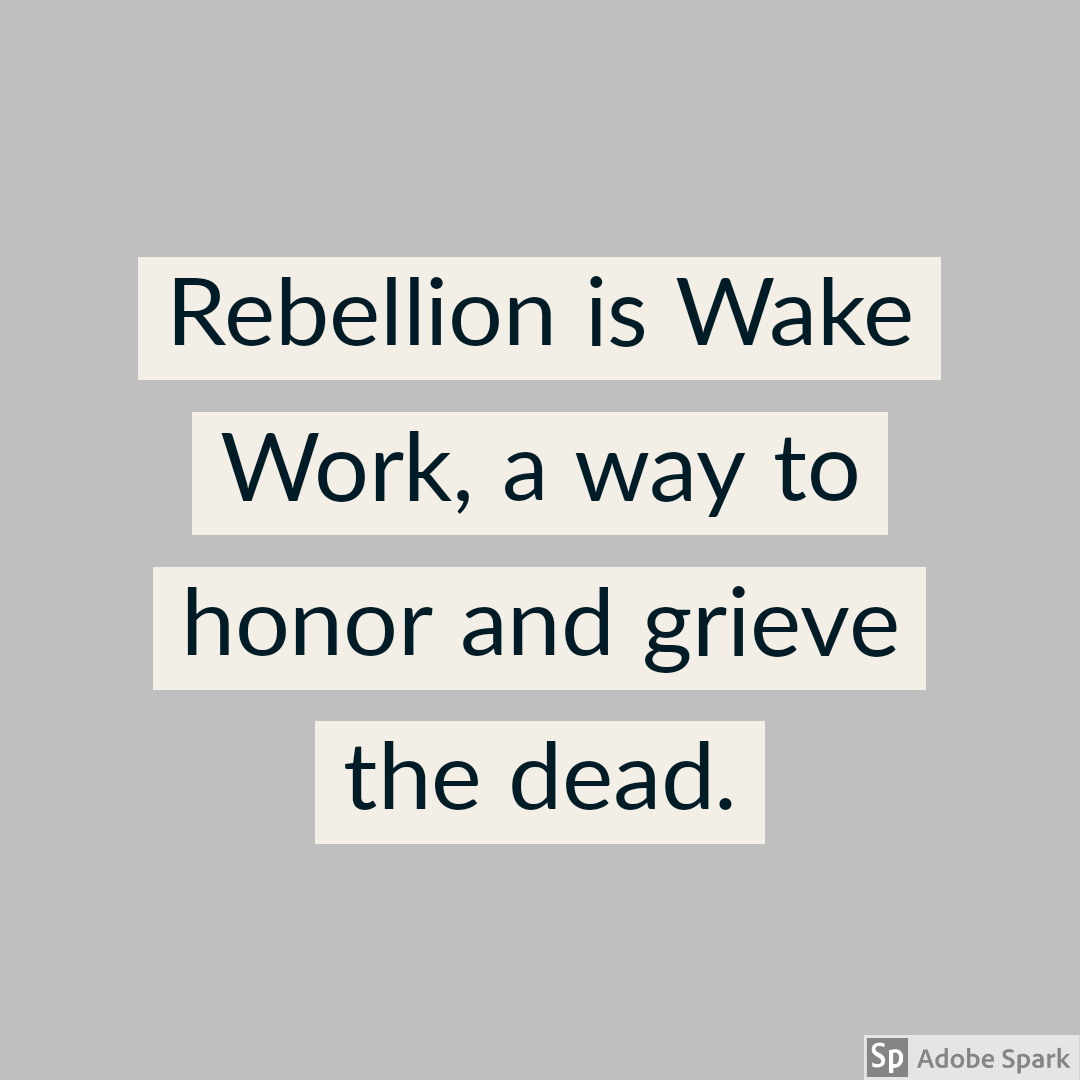



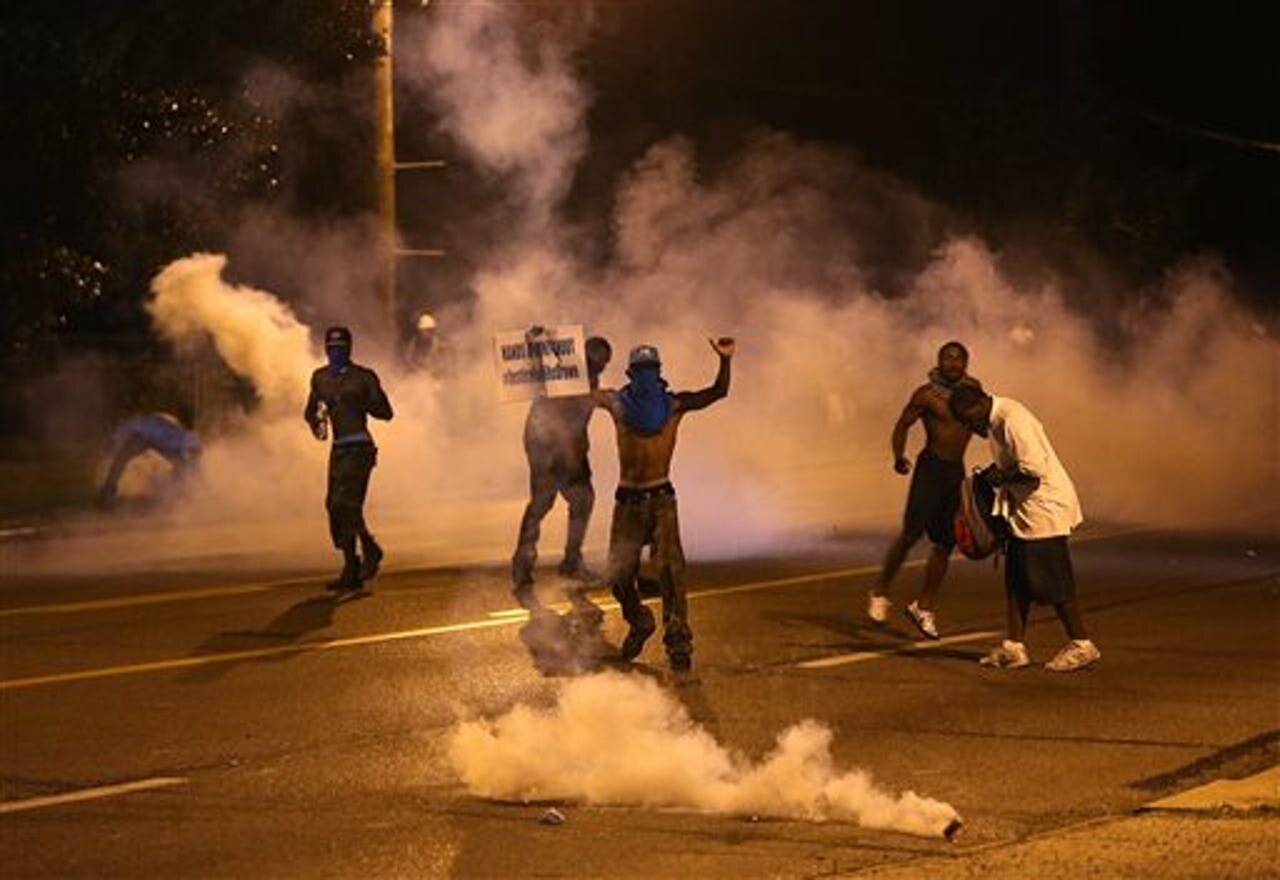
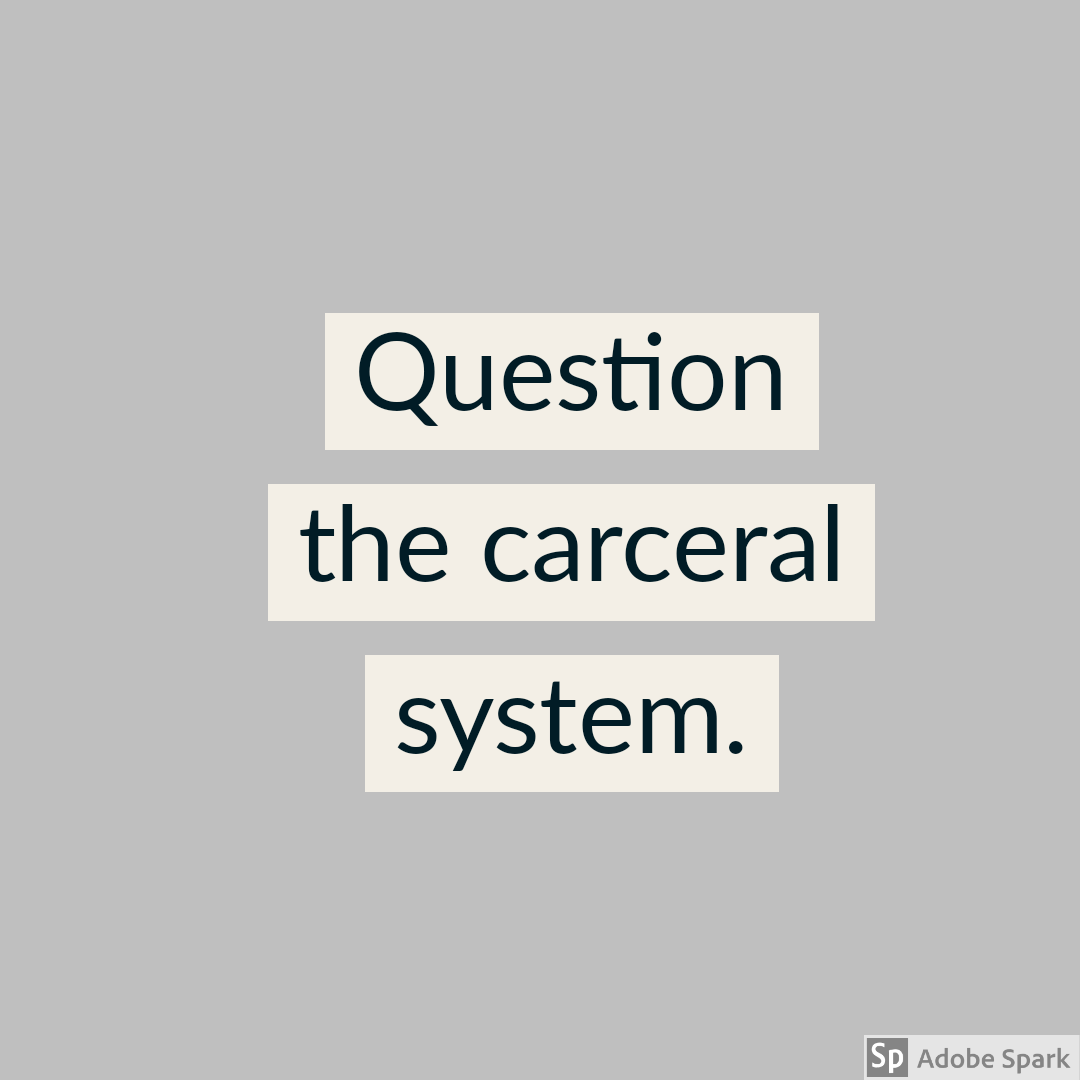





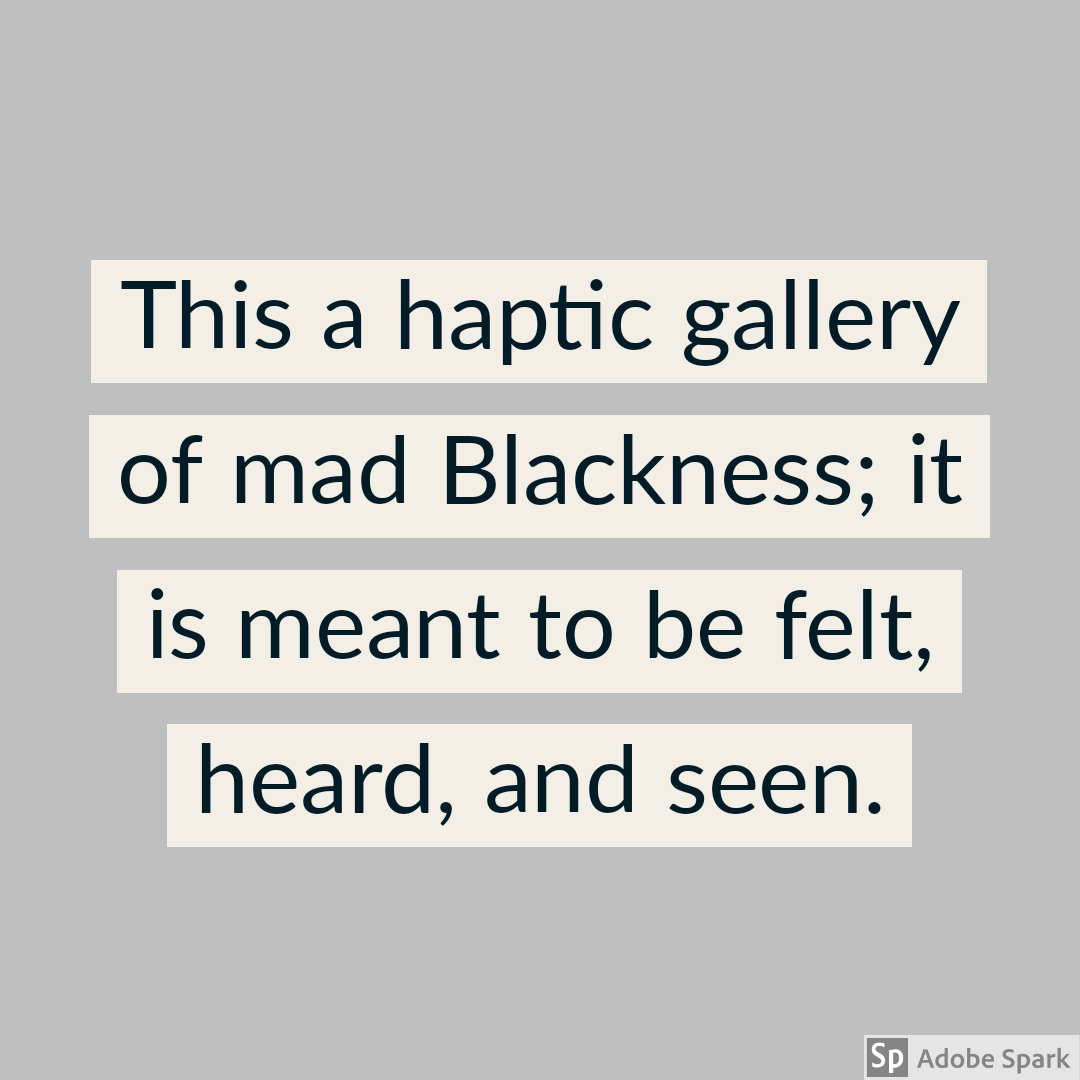



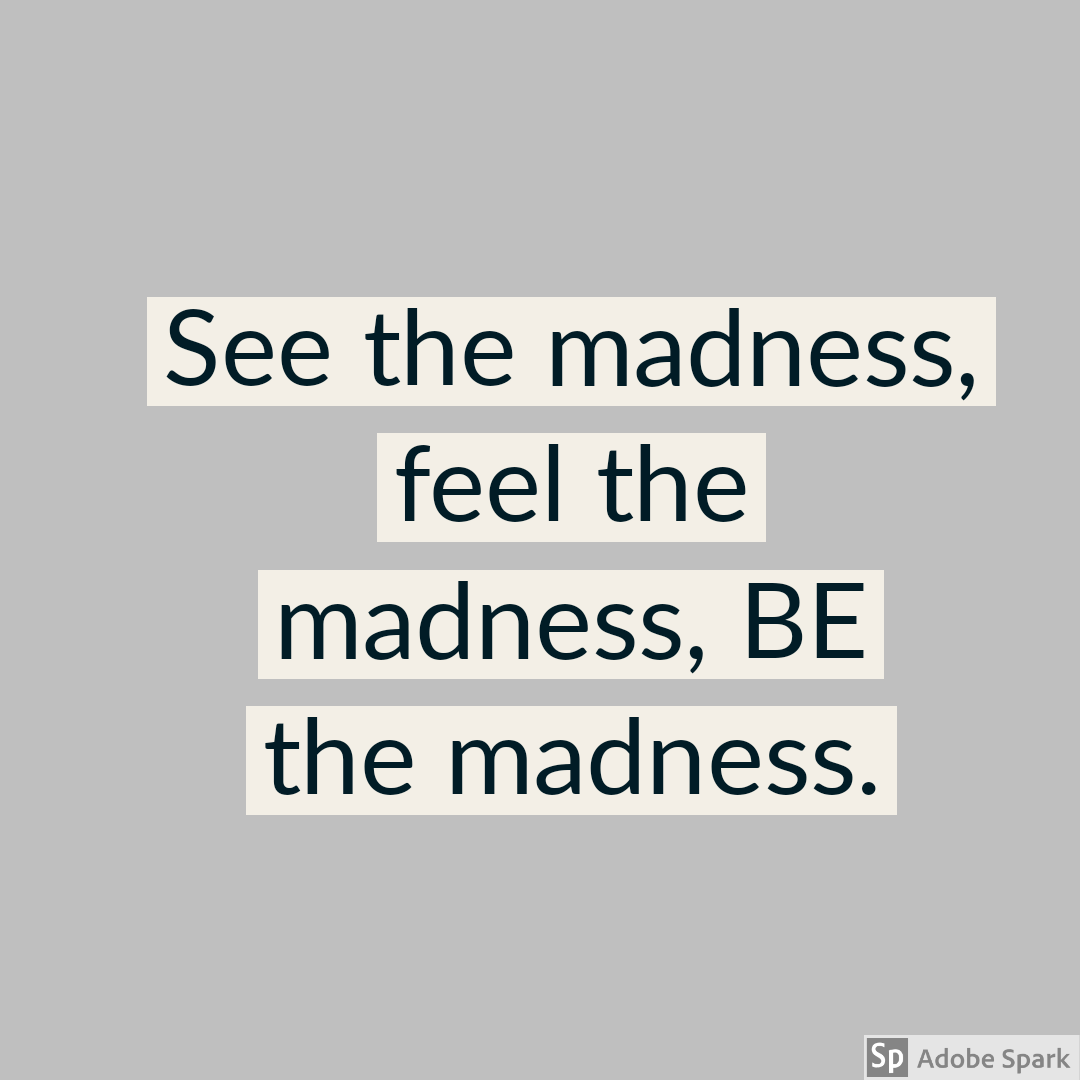

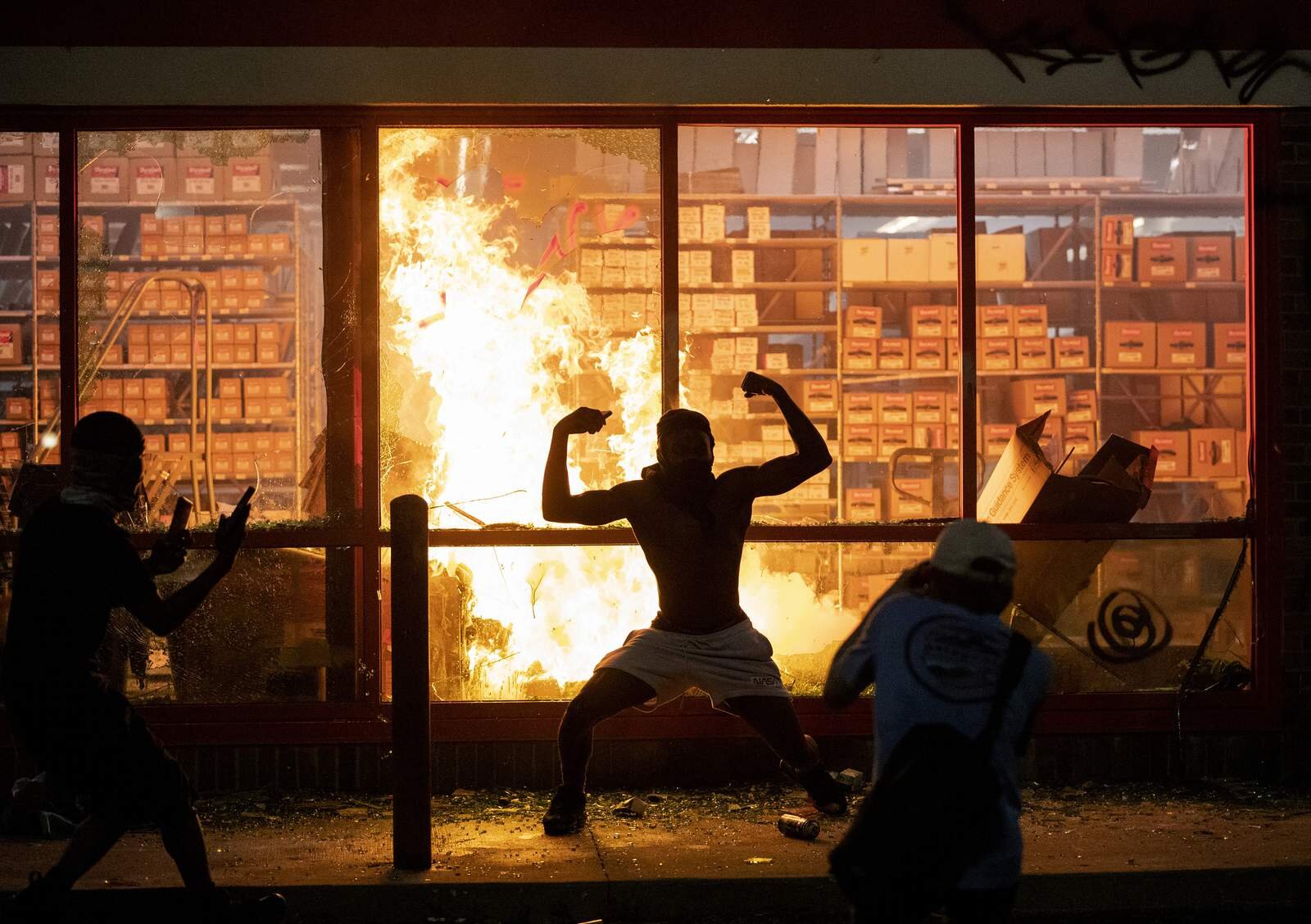
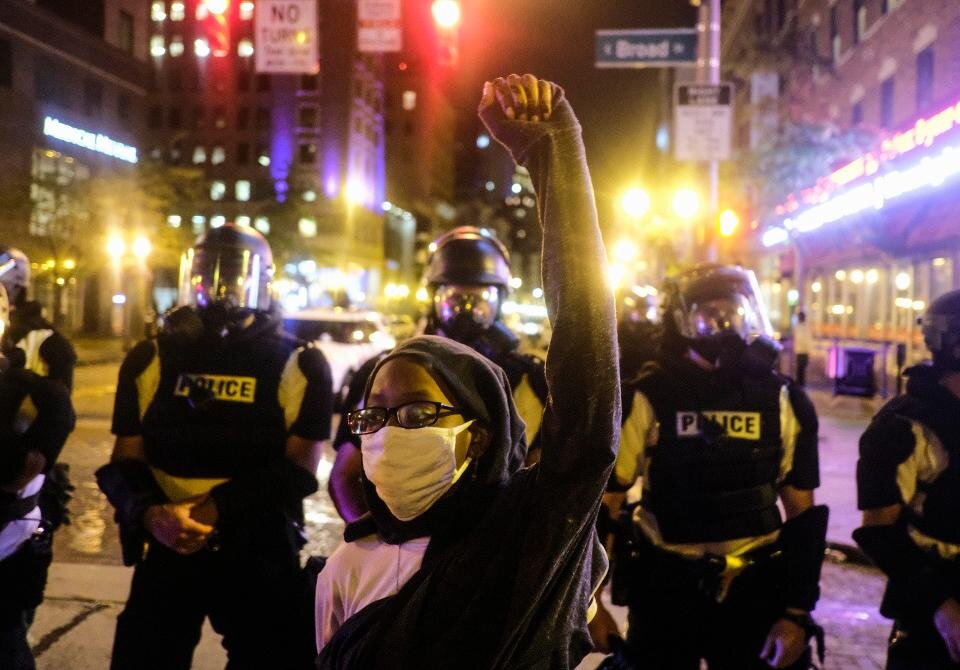
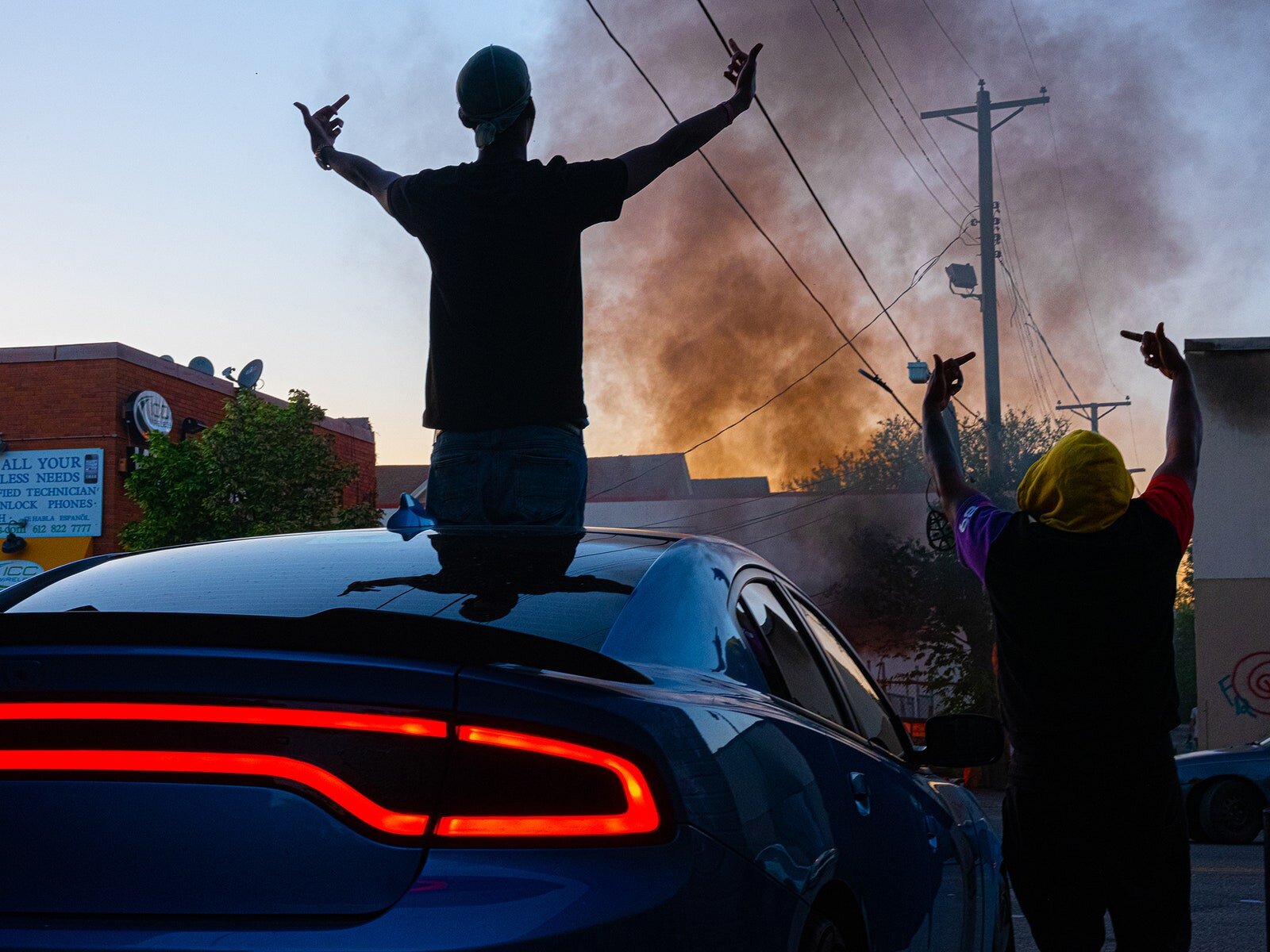
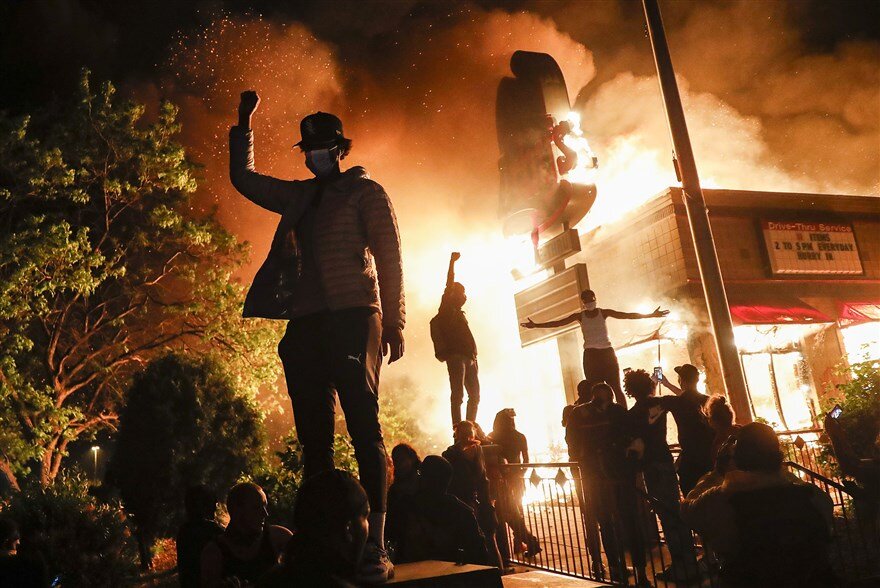
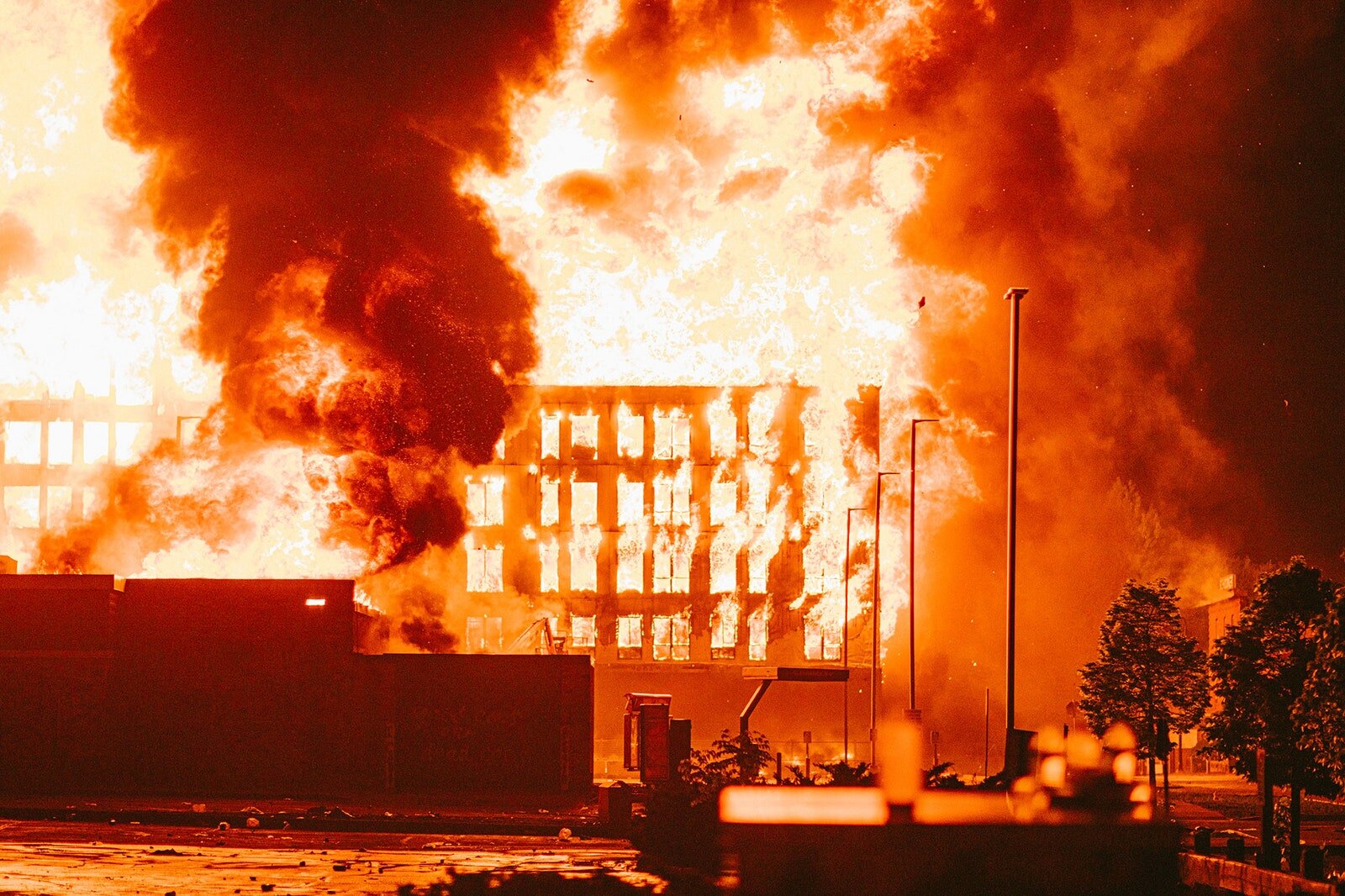
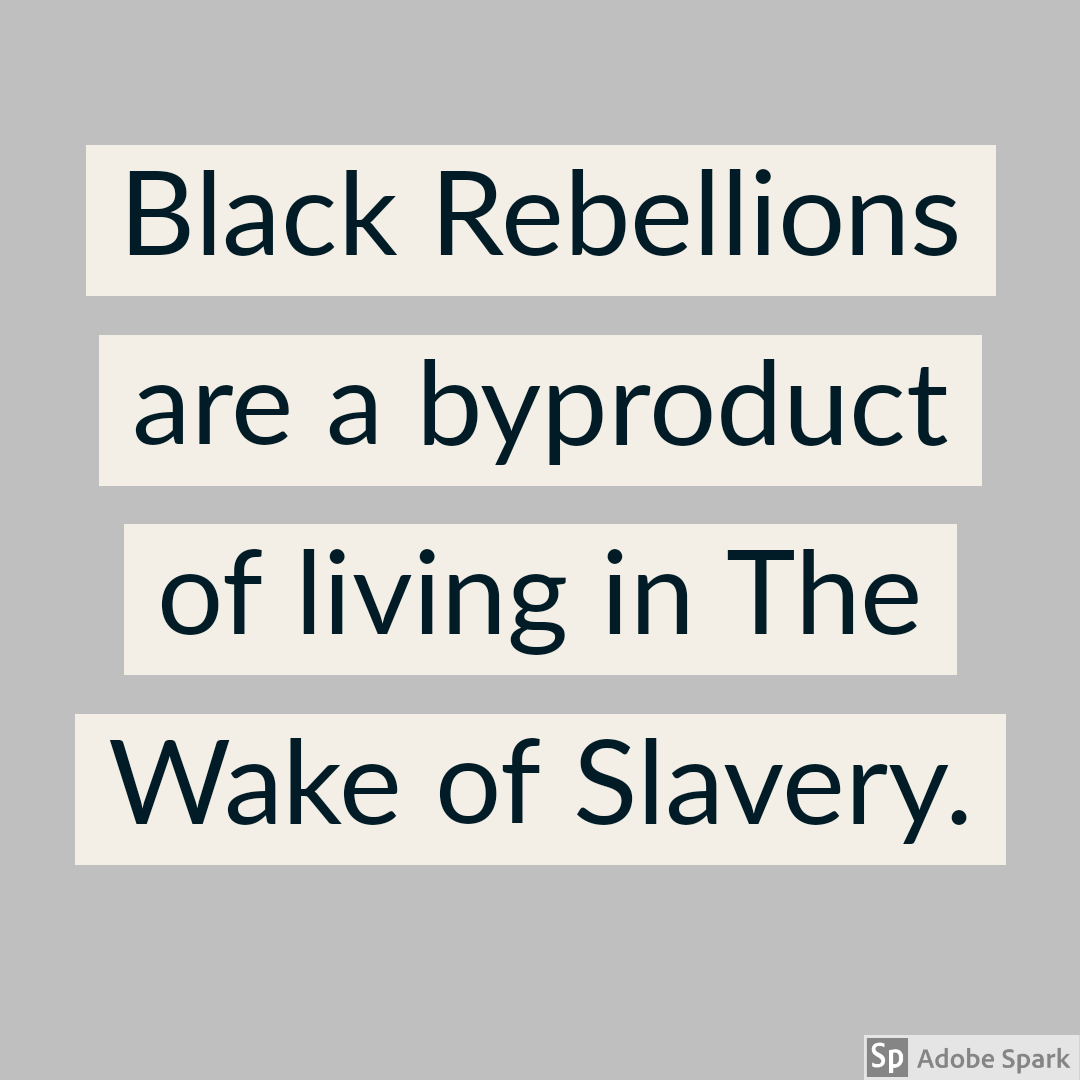


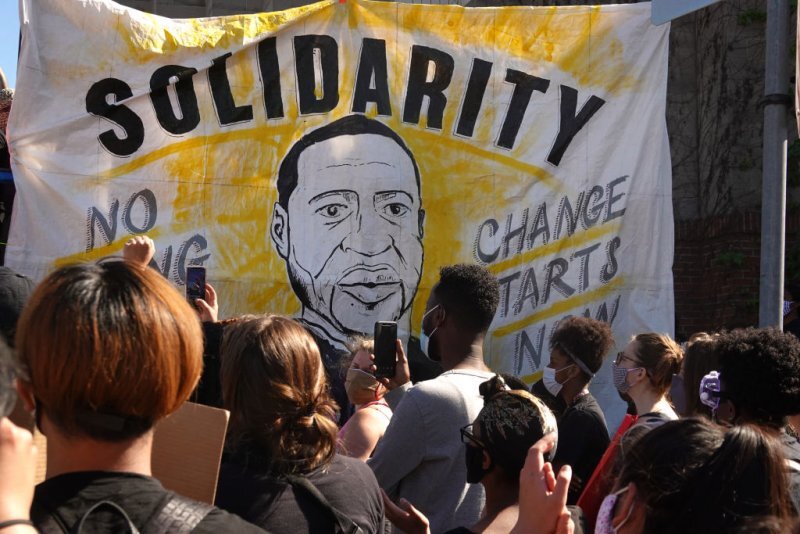
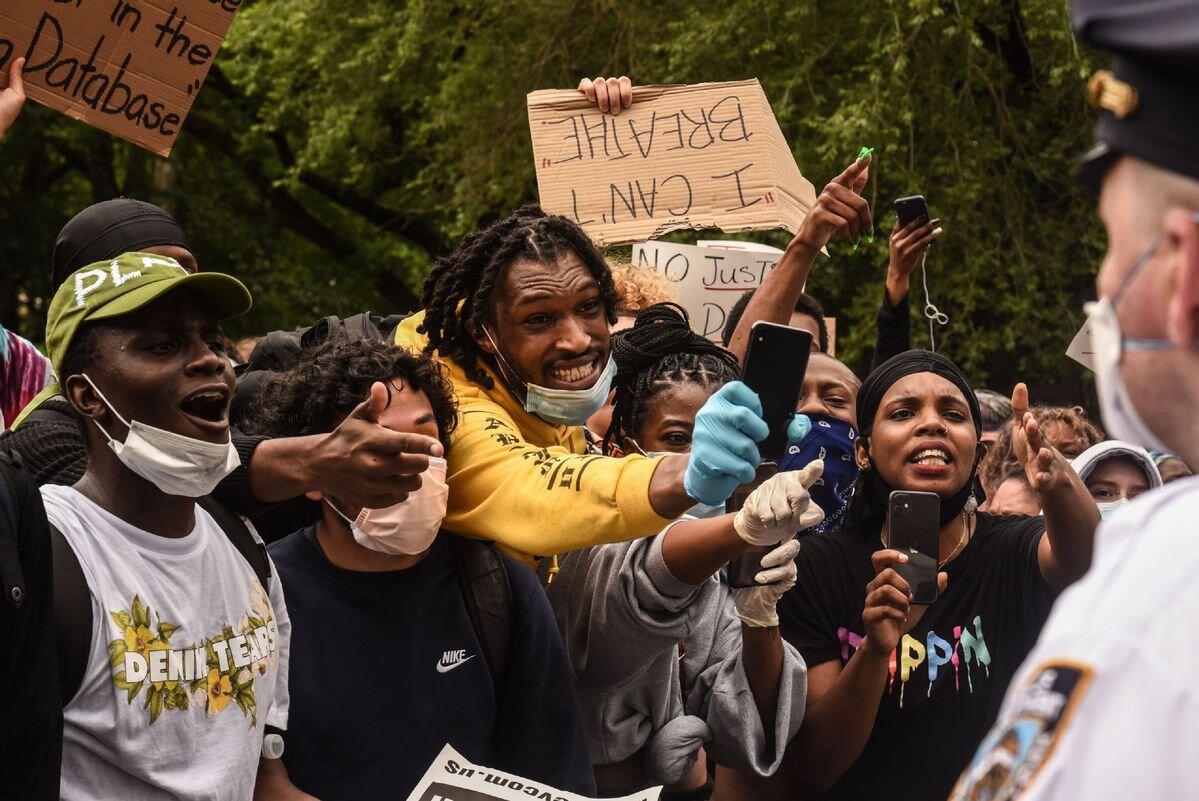
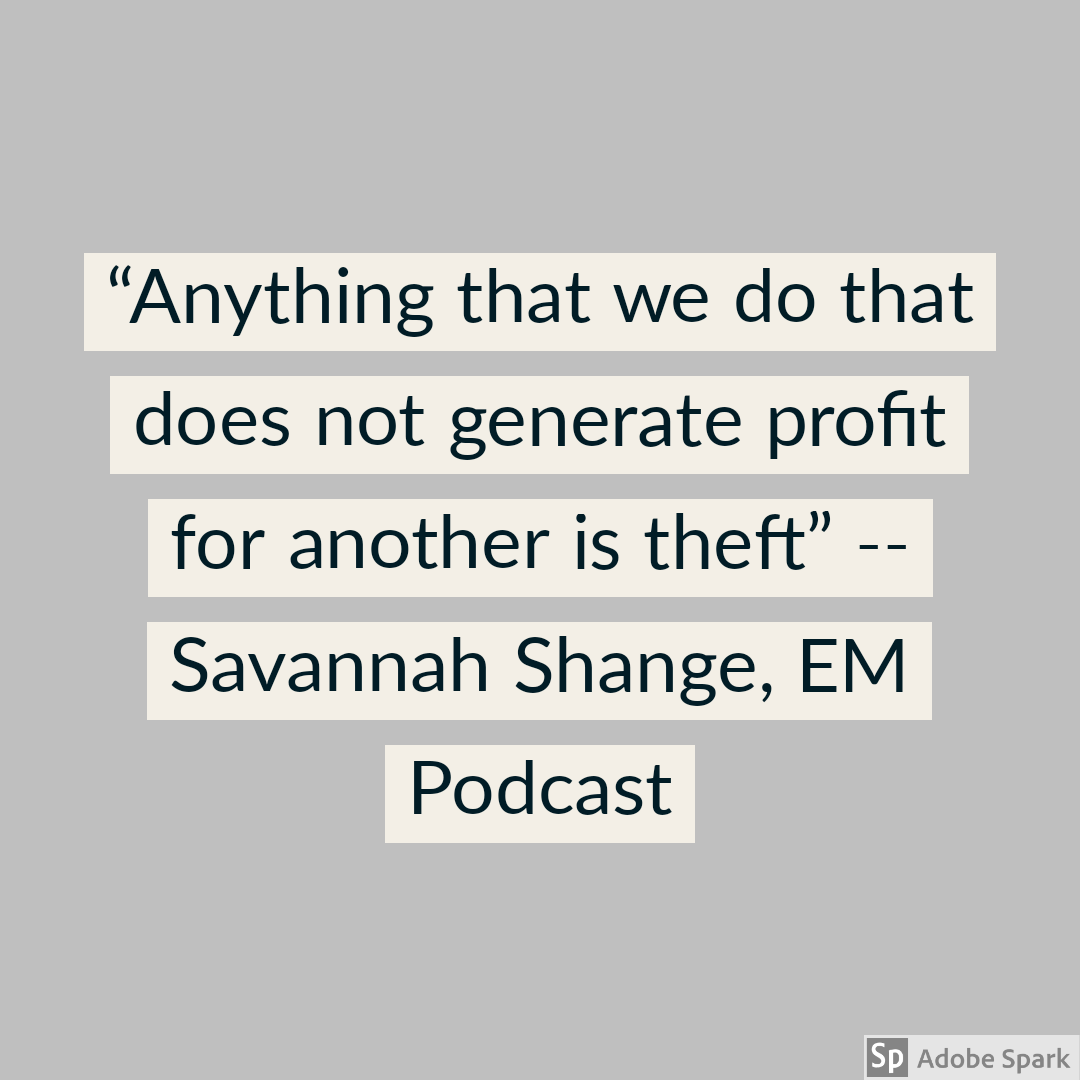
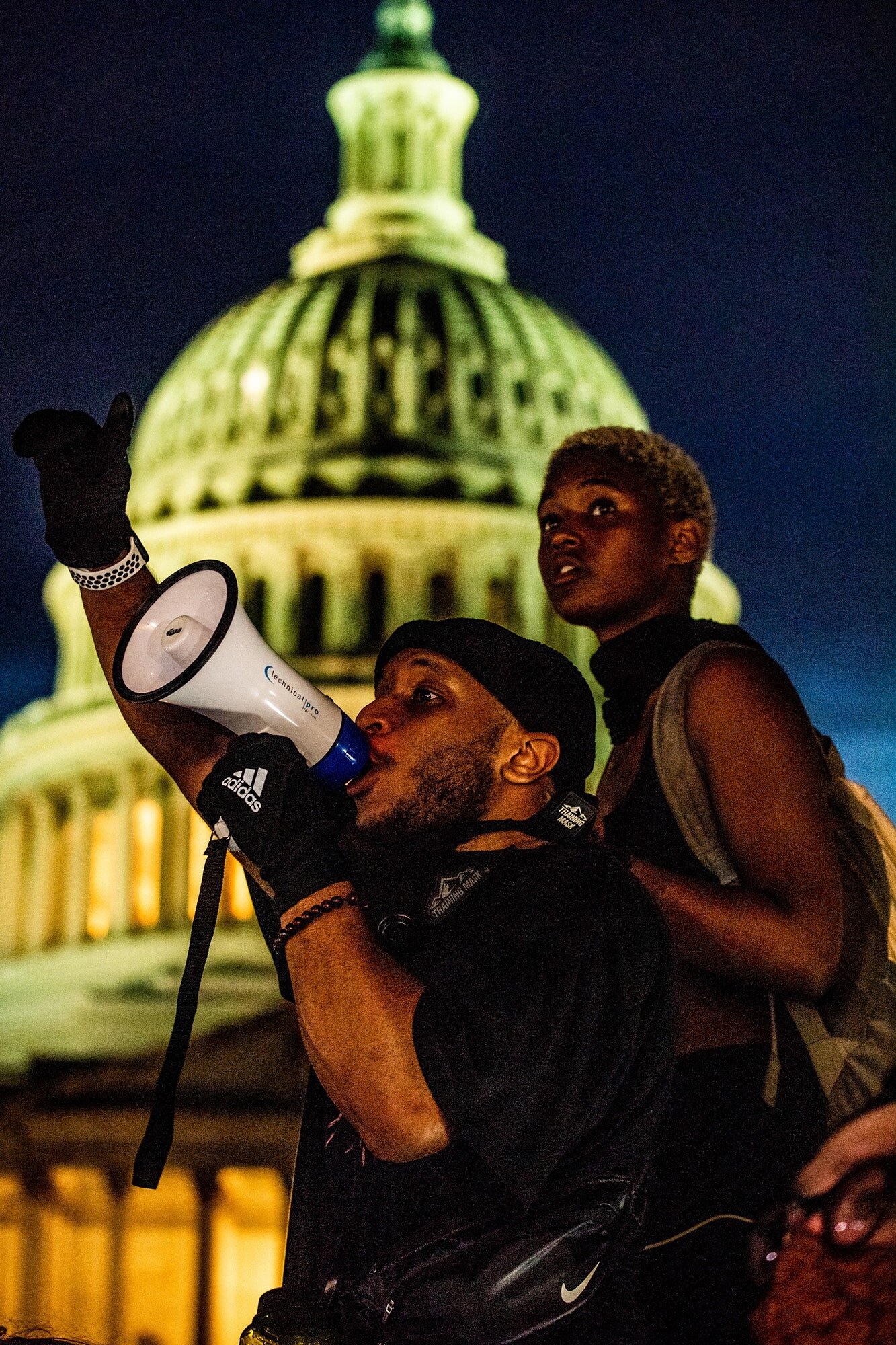

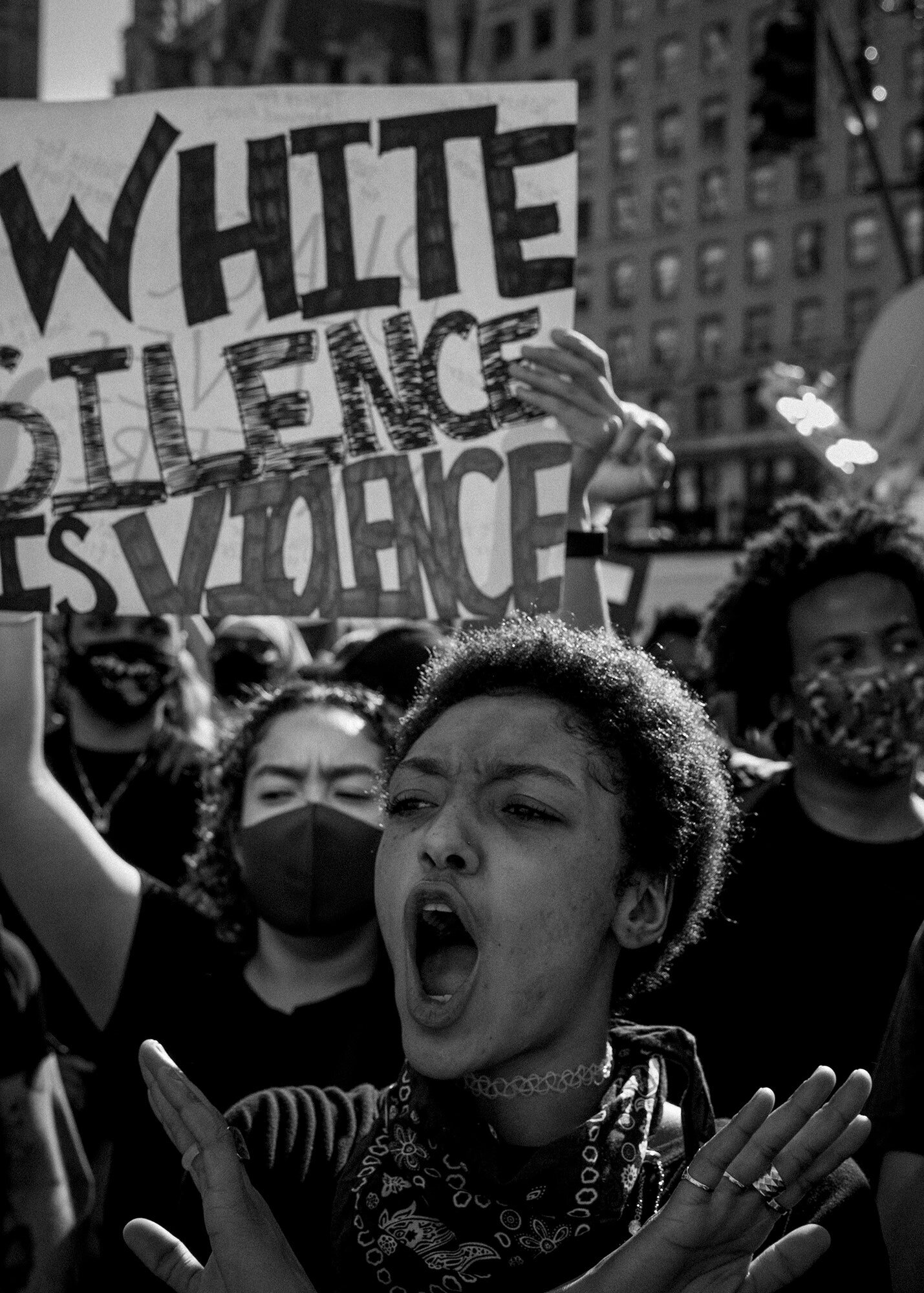



— Jaye Similton